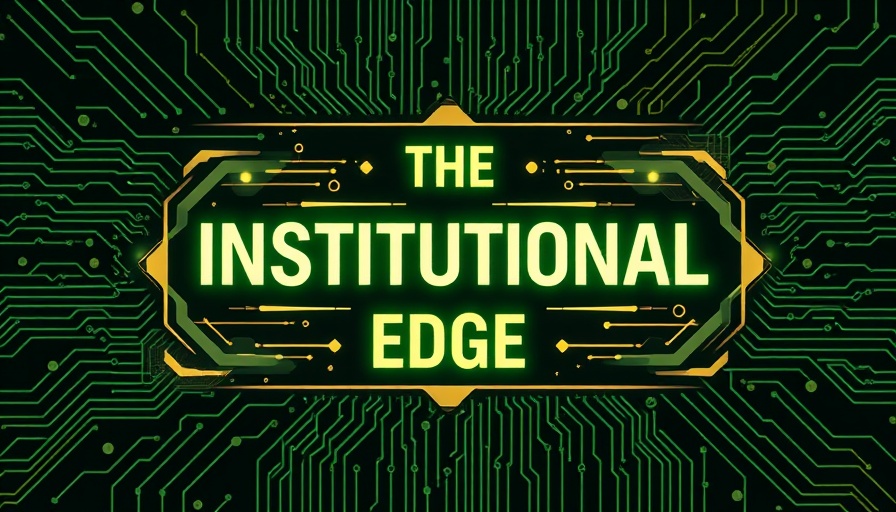
Exploring the Intersection of AI and Private Markets
In an exciting new weekly podcast series, Pensions & Investments (P&I) delves into the evolving landscape of artificial intelligence (AI) and its impact on private markets. This series, aptly named Institutional Edge, aims to provide listeners with a comprehensive understanding of how AI is transforming investment strategies and decision-making processes in the private equity sphere.
The Rise of AI in Finance
Artificial intelligence continues to reshape various industries, and finance is no exception. From fraud detection to algorithmic trading, AI is enhancing operational efficiencies and risk management in unprecedented ways. For Institutional investors, understanding these advancements is vital. The podcast will feature insights from leading experts in finance and technology, helping listeners navigate the complex interplay of AI-driven solutions and traditional investing approaches.
Why AI Matters to Investors
Investors are increasingly recognizing the value of AI tools in gaining a competitive edge. These technologies can analyze vast datasets far more effectively than human analysts, providing deeper insights into market trends and consumer behavior. As private equity firms lean more on AI capabilities, understanding this shift becomes essential for institutional investors looking to allocate capital strategically.
Guest Insights: Leaders in Technology and Finance
Each episode of the Institutional Edge podcast will feature interviews with prominent figures in the finance and technology sectors. These thought leaders will share firsthand experiences of implementing AI solutions, discuss the ethical implications of AI in investment practices, and foresee the future of asset management. For instance, industry veterans have noted how AI is not just a tool but a critical player in reshaping investment landscapes.
Current Events and Future Trends
The podcast series will not shy away from discussing current events that impact AI in finance. Recent controversies around data ethics and algorithmic biases have sparked essential conversations, urging investors to reflect on their choices critically. Moreover, as AI technologies continue to evolve, so too will the trends that shape the private markets, making continual learning a necessity for investment professionals.
The Unique Value of Listening to the Podcast
For those invested in the future of investment management, this podcast serves as an invaluable resource. By offering a blend of expert perspectives and actionable insights, the Institutional Edge equips listeners with knowledge that can directly influence their investment strategies. Recognizing the shifts Brought about by AI offers a unique angle from which to approach traditional investment principles.
Actionable Insights: What Can You Do?
As the financial landscape continually shifts, consider taking time to engage with the insights shared in this podcast. Explore how AI can be integrated into your investment processes or organizational practices. Understanding these technologies will not just keep you informed but might also enhance your decision-making processes in the long run.
 Add Row
Add Row  Add
Add 




Write A Comment